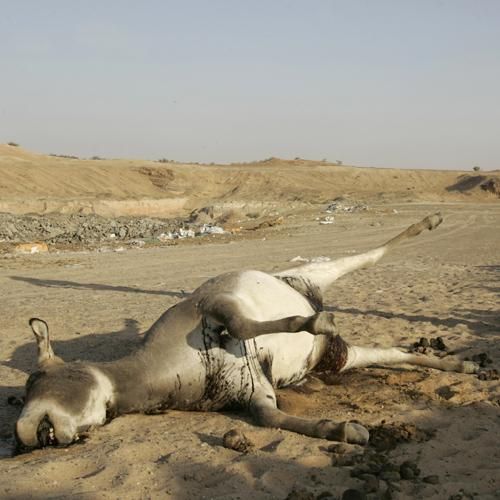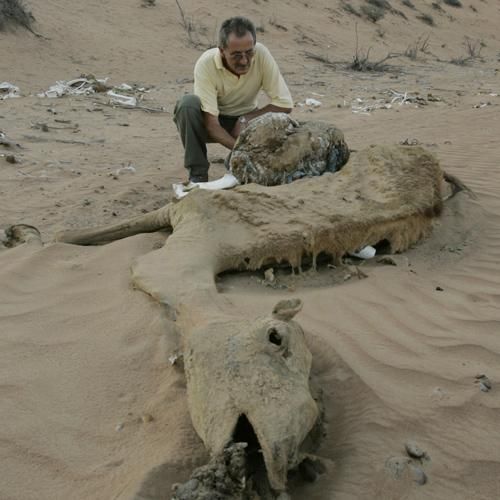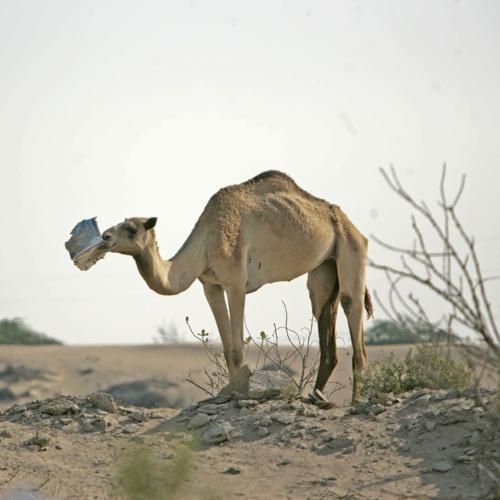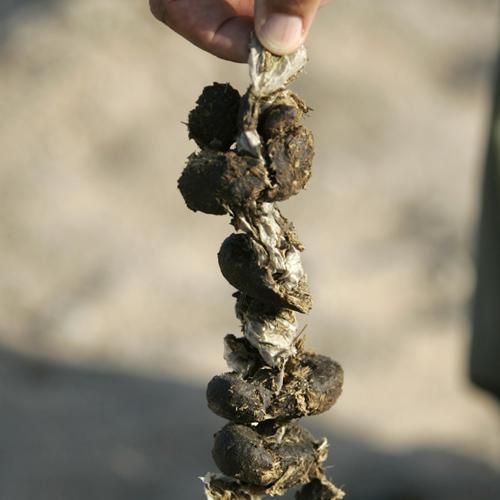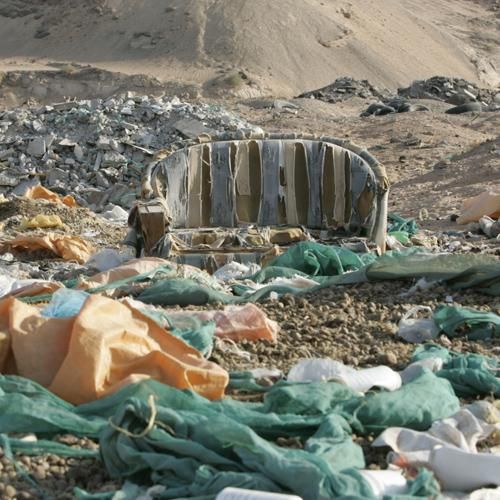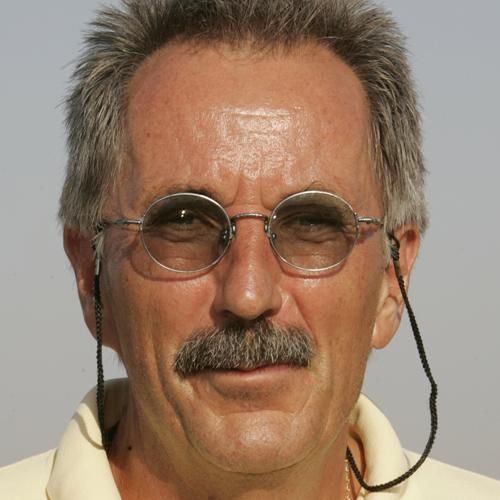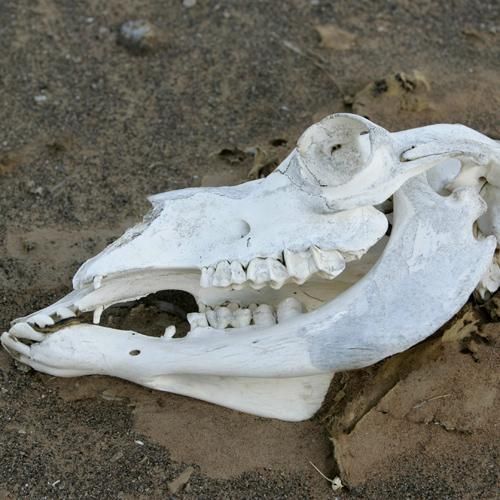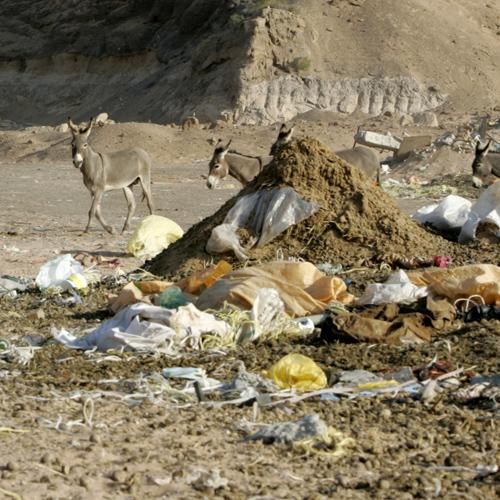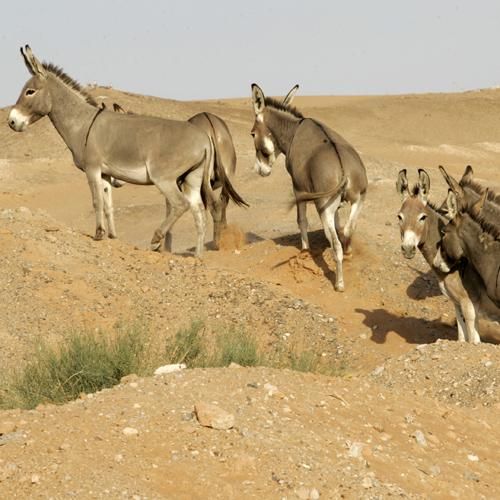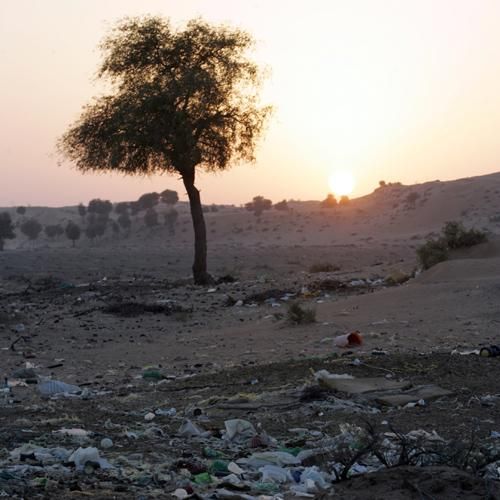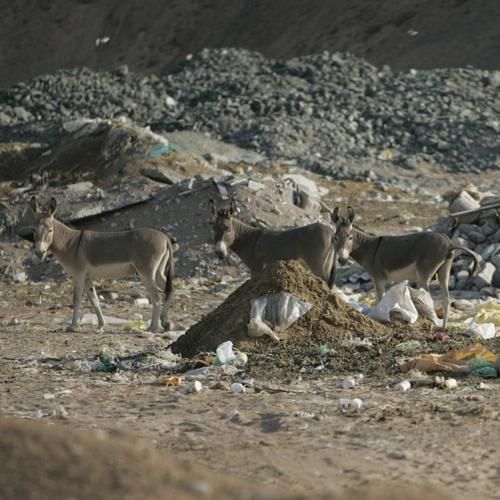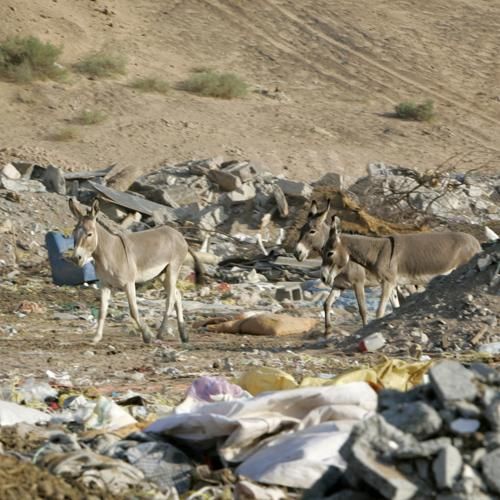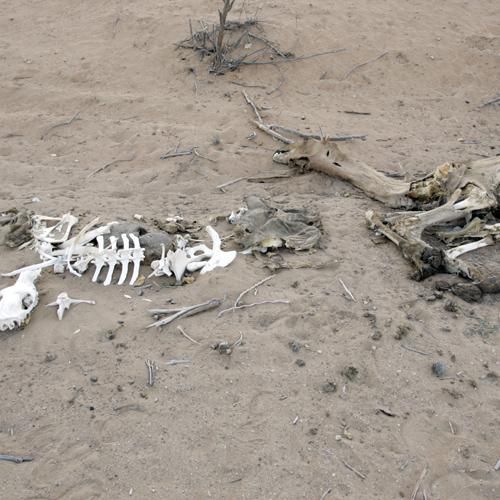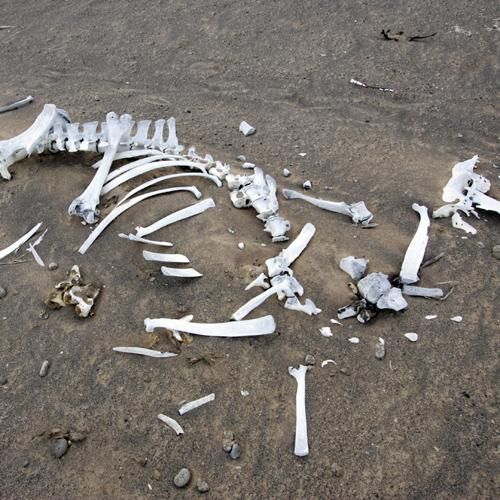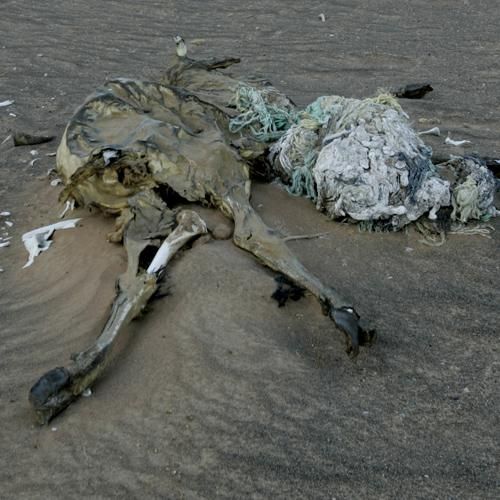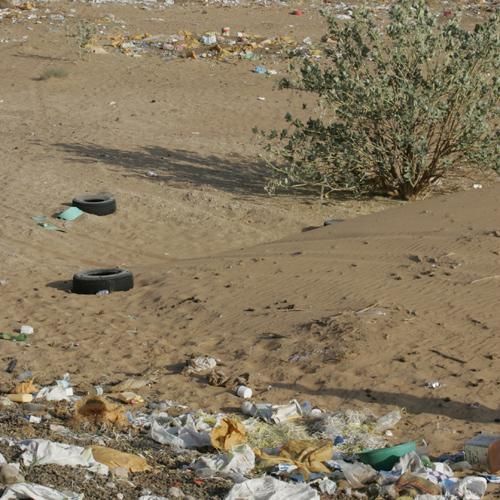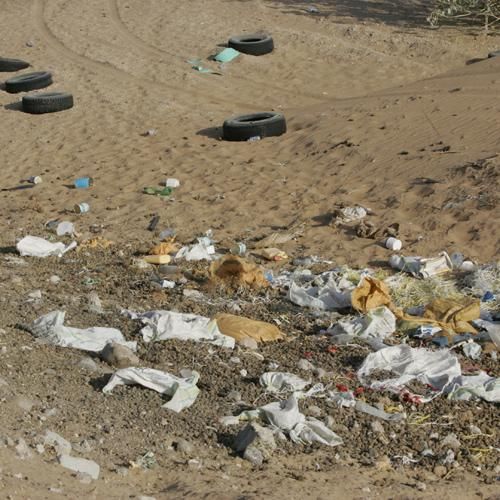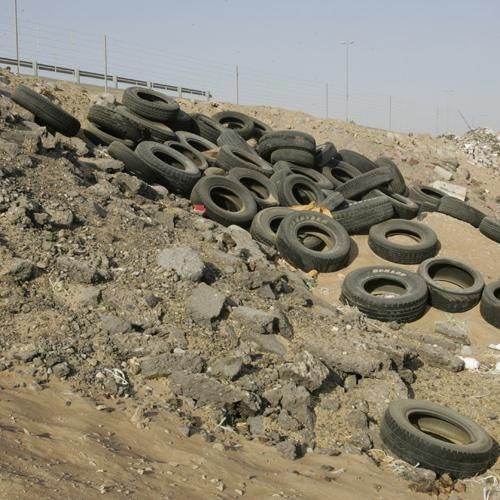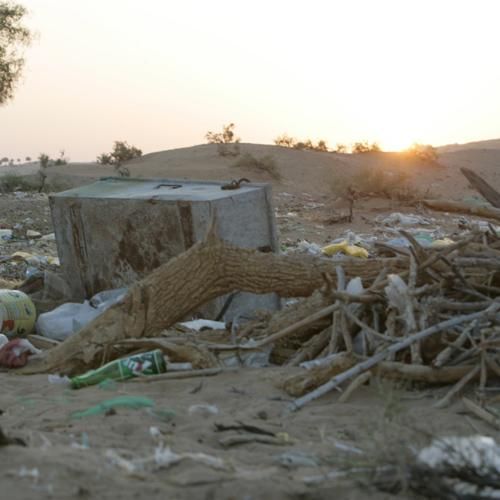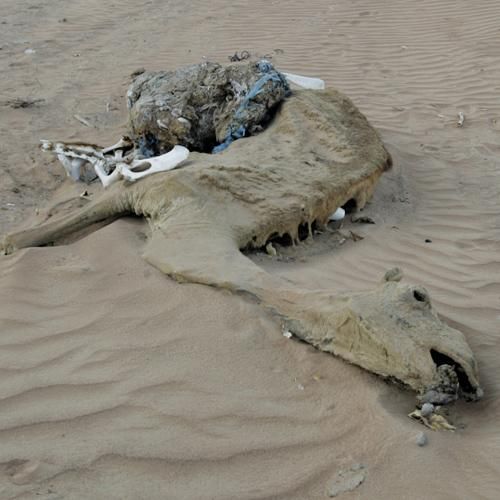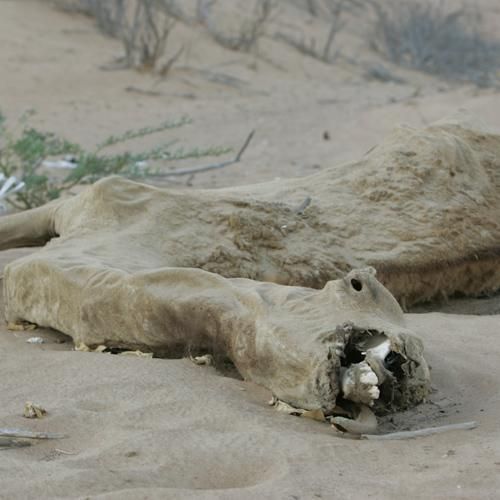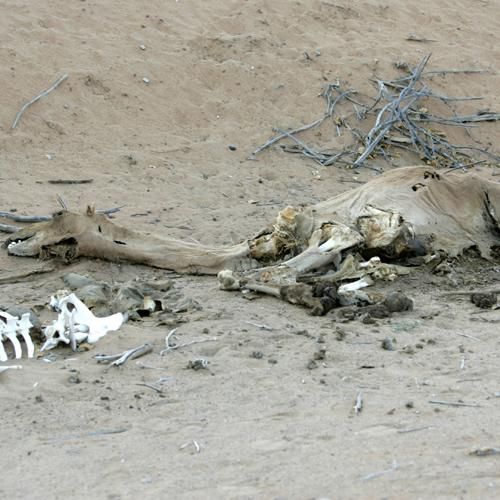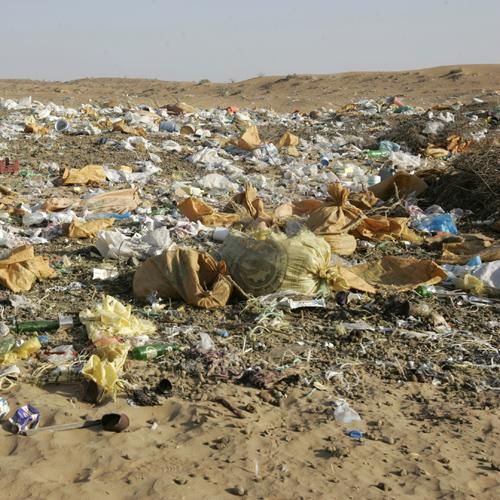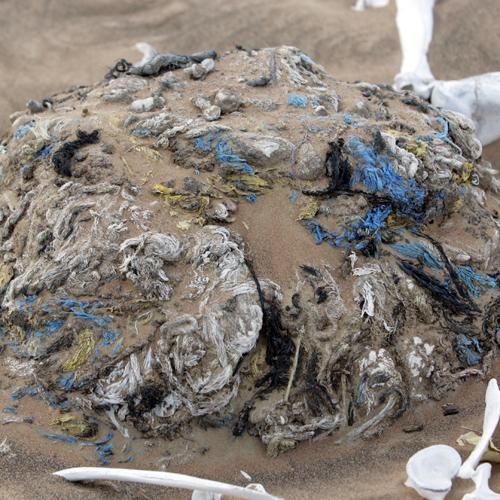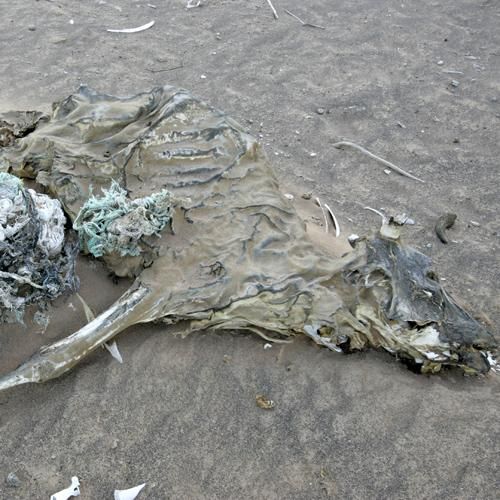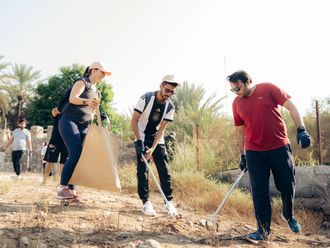A carpet of plastic waste strewn across wide swathes of the deserts near Dubai is killing wildlife and domestic animals in alarming numbers, says a top Dubai environmentalist.
Two of every three animals autopsied at a Dubai laboratory have died in part due to plastic ingestion, says Dr Ulrich Wernery, a 20-year UAE resident and founder of the Emirates Environmental Group.
“This is the worst environmental threat facing this country. Death of our animals from plastic is reaching epidemic proportions in the UAE, but people won't do anything about it,'' said Wernery.
He has written a report begging the government to act.
His report illustrates the suffering of domestic and wild animals that have eaten plastic bottles, bags and food wrappings jettisoned by a careless public into makeshift dumps or along quiet stretches of highway.
On average, Dubai residents throw away more than a tonne each of waste every year, one of the highest per capita anywhere in the world.
And unless government officials take action, the future for animals already endangered by development and pollution grows bleaker by the day, says Wernery, a German native who serves as Scientific Director of the Central Veterinary Research Laboratory.
In an exclusive interview, UAE Minister of Environment and Water Dr Mohammad Saeed Al Kindi told XPRESS at a Dubai ecological conference that the government is trying to stop the destruction.
“We are working on it with the environmental department in each emirate, to eliminate the plastic waste which is harming things in our country,'' he said. “There are many different methods to be used to eliminate the plastic. We are working with factories and users, looking at it with an open eye.''
Frederic Launay, director of conservation at the World Wide Fund for Nature, said in an interview from Abu Dhabi that government officials need to tighten landfill regulations as well as crack down on littering.
“People just throw garbage into the desert without any concern for penalties,'' said Launay, adding there is “not enough effort on regulation of dumping''.
In some cases, without properly identified landfill sites, farmers and labourers living in the desert areas are forced to leave their waste in unapproved dumps.
Near a camel racing track at Al Labsa – about an hour's drive northeast from Dubai – Wernery shakes his head in disgust on his latest expedition into the UAE desert to chronicle the spread of killer plastic blowing across vast expanses.
Here, in a remote corner of the desert he has dubbed “Death Valley'', dozens of stinking rotting corpses of camels, cattle and other livestock cut a grisly path through the desolation where a windswept plain meets a 20-metre high ridge of sand dunes.
The domestic animals are dumped here after they die.
Wernery stares at giant balls of plastic protruding from the stomach areas of the dead camels, evidence of what he calls an epidemic beyond any environmental hazard ever witnessed in the Gulf region.
He gingerly reaches into the stomach area of a camel carcass and pulls out a giant plastic ball that has calcified. He hefts it to his knees trying to guess the weight of the killer stone: “This must weigh at least 50 kilogrammes. This animal died because people are polluting our deserts like never before.''
Most plastic bags – a by-product of the oil industry – cannot be digested and can take up to 1,000 years to break down ecologically.
Sixty per cent of the 2,000 animals Wernery conducts post mortem examinations on every year die horrible, painful deaths because the consumed plastics cannot pass from the stomachs into the intestinal tract.
As the plastic balls grow in size, there is less room for regular food and the animal slowly dies of starvation before constipation kills the unsuspecting beasts.
“The pain is beyond imagination because there is no movement of the bowel,'' Wernery says. “It is disgraceful.''
There are an estimated 200,000 domesticated camels in the UAE. There are only a few isolated herds of wild camels left, he said.
A few kilometres away at an unfenced dumpsite, Wernery documents the recent death of a feral donkey lying on her side in a pool of fresh blood. The smell is overpowering as he photographs a bloodied plastic bottle hanging from the female donkey's nether regions.
The three-year-old's family herd nearby is spooked by Wernery's presence but soon calms and resumes feeding upon a freshly-dumped mound of plastic refuse containing water bottles, plastic bags and polyethylene rope.
Other wild animals are also suffering from feeding on plastics, he said.
In his report, Wernery says “over the last decade, many animals that were necropsied at the Central Veterinary Research Laboratory in Dubai died from trash ingestion; including cattle, sheep, goats, gazelles, ostriches and houbara bustards''.
It's In The Bag
- There are four types of plastic bags in general use around the world: high density polyethylene (HDPE), low density polyethylene (LDPE), degradable and compostable
- It's estimated that 100,000 whales, seals and turtles die by ingesting plastic every year
- Almost half of litter carried by the wind from dumpsites comprises plastic bags
- Plastic bags are not free – estimates in Australia show consumers pay an additional $173 million (Dh530 million) a year for their grocery bills for the convenience
- In April 2003 Tasmania banned plastic check-out bags at all retail stores
- Ireland has led the fight against plastic bags; since 2002 it has reduced its consumption of these by 90 per cent
Sources: Wikipedia and Planet Ark
The Deadly Litter Bug
It's not enough just to denounce the plastic garbage crisis in the UAE, says Dr Ulrich Wernery.
To fight it, Wernery wants to start a travelling exhibit for schools which can be shown to children while there is still a chance to educate them about the dangers of plastic.
Wernery said the difficulty in changing attitudes of adults is that littering is a learned behaviour that is almost impossible to curb in a society that still hasn't embraced household recycling.
“They watched their fathers do it, so they do it,'' he said of littering.
The only real substantive means to curbing the disposal of plastic bags and other materials into the desert is to hit citizens in the pocketbook. He suggests that national and local government leaders impose a law that would force retail outlets such as grocery stores to charge a fee for each plastic bag given to the consumer.
When consumers no longer view plastic bags as free give-aways, they may hang on to them and reuse them for their next visit to the grocery store, Wernery said.
His suggestions are supported in a report done by environmental group Planet Ark on behalf of the Australian government.
The report showed that Australians used 1.3 billion fewer bags thanks to green efforts by retailers and environmental groups. Despite the reduction, Australia still uses 5.6 billion plastic bags every year.
In a statement, Planet Ark founder Jon Dee lauded supermarkets for curbing plastic bag use but said other retailers were not listening.
Dee said: “Too many fast food outlets, newsagents, pharmacies, liquor stores and other types of businesses are doing little or nothing to reduce plastic bag use.''
According to a survey by Planet Ark, “charging 10 cents (Dh0.37) for each plastic check-out bag'' helped retailers such as IKEA “cut their plastic bag use by up to 85 per cent''.
Your comments
I think it's very sad that poeple pollute the desert with trash.
Anonymous, UAE - Dubai


